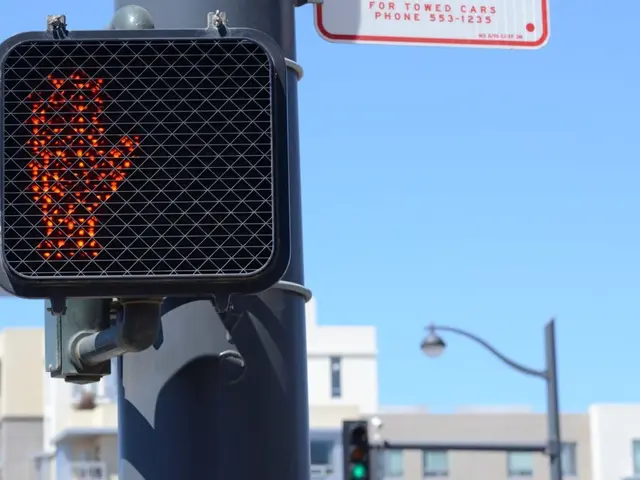Online Sexual Exploitation of Minors and Adolescents on the Rise
According to the Child and Youth Protection Platform, Jugendschutz.net, over 5,000 instances of online sexual exploitation were reported against children and adolescents in 2023. This staggering figure represents approximately two-thirds of all youth protection-related cyber breaches detected.
This disturbing trend saw a 161-case increase from the previous year. The platform's annual report, presented in Berlin, revealed a total of 7,645 online transgressions against child and youth protection. Twelve percent of these breaches involved pornography and sexually explicit content, while eleven percent centered around political extremism.
Unfortunately, the actual number of cases is believed to be significantly higher due to underreporting. Stefán Glaser, the head of Jugendschutz.net, expressed grave concerns over the mounting risks to minors and teenagers online. He pointed out that the complexities created by artificial intelligence and the amplified risks of sexual violence, bullying, and extremism, are all contributing factors.
Moreover, Glaser criticized online service providers for their inadequate efforts in safeguarding minors and teenagers. He argued that these platforms were failing to address reported breaches and verify user ages effectively.
In response, the federal government's commissioner for preventing child abuse, Kerstin Claus, advocated for stricter policies toward video platform providers, social networks, and online games with chat functions. She also criticized the inadequate enforcement of existing commitments.
During the year, Jugendschutz.net reported 3,210 breaches to providers and self-regulatory bodies and directly reported 3,582 instances to law enforcement due to the dissemination of child and youth pornographic content or imminent peril to life. By year's end, around 90 percent of the reported infractions had been taken down.
Safety Measures for Online Service Providers
Online service providers can significantly improve their protection of minors and adolescents against online sexual misconduct and exploitation by implementing several measures. These include:
- Age Verification and Content Filtering
- Robust Reporting Tools and Content Moderation
- Privacy Settings and Data Protection
- Comprehensive Policies and Regular Updates
- User Education and Awareness Campaigns
- Collaboration with Law Enforcement and Child Protection Organizations
- AI Detection and Technological Innovations
- Regulatory Compliance and Accountability
- Parental Controls and Family-Friendly Features
- Continuous Monitoring and Evaluation
Implementing these measures can effectively reduce the risk of online sexual misconduct and exploitation, offering better protection for minors and adolescents.








